In Bloom: Nirvana at the 9:30 Club, 1991
News that Nirvana's breakthrough album Nevermind turned 25 in 2016 might have shocked many longtime fans. But those lucky enough to be in attendance at Nirvana's historic gig at the 9:30 Club in Washington D.C. on Oct. 2, 1991, witnessed firsthand the explosion of a "new" genre of music, and a rock star on the brink of fame who would burn bright and flame out dramatically just 2 and a half years later.
Voice of a generation, musical genius, rock legend, sellout … Kurt Cobain was none of those things when he arrived in D.C. with bandmates Krist Novoselic and Northern Virginia's own Dave Grohl in early October 1991. His band Nirvana had achieved a mostly regional but loyal following after the release of its first album Bleach on Seattle-based independent record label Sub Pop, which sold about 35,000 copies after its initial release in June 1989. The record label had gained some national attention as the main purveyor of bands playing the "grunge" sound — an alternative fusion of hardcore punk and heavy metal — but none of its original stable of artists (among them Soundgarden, Mudhoney and TAD) had achieved any sniff of mainstream success.
All of that was about to change however — in a massive way — within weeks of Nirvana's scheduled gig at the original 9:30 Club located on 930 F Street NW. Nevermind, Nirvana's second album and first for a major label (Geffen), was recorded in about two weeks in May 1991 at Sound City Studios in California, with an initial budget of just $65,000. The album was released in the U.S. on Sept. 24, 1991, with Geffen Records shipping a modest 46,251 copies across the country. The record company hoped that Nevermind would sell around 250,000 copies in total.[1] However, in the interim, something happened that changed both the trajectory of the band and rock music itself — the video for "Smells Like Teen Spirit" debuted on MTV's late night alternative rock showcase "120 Minutes" on Sept. 14. Within a few weeks, the video proved so popular that MTV began airing it during its regular daytime rotation.[2] College and modern rock radio stations also placed the single in heavy rotation around this time, and a definite crossover mainstream buzz was beginning to build behind the song and the band.
While their audience was expanding and records were selling at a quicker rate than expected, the trio were hardly household names when their van pulled up in D.C. on Wednesday, Oct. 2, 1991. They were met by the local promotions rep for Geffen Records, who was tasked with taking them out to eat before the show. What then ensued was a typical Washington culture clash: "When the band arrived at a trendy restaurant the maitre d' refused to seat the raggedy trio. It was 1991 and "grungewear" had not yet hit the mainstream. But payola was still very much in vogue. The maitre d' was slipped some cash, and the band was swiftly seated.[3]
Nirvana had played the 9:30 Club before back in 1990, and Dave Grohl had spent countless hours there both as a local fan and member of various D.C.-area hardcore bands before joining Nirvana, but something was very different this time around. For one thing, the club was packed — surely way beyond its listed "legal" capacity of 199.[4] The concert, which has been preserved on audio tape (see below), reveals an energetic, knowledgeable, and often frenzied audience. During breaks between songs, the crowd shouted out requests from Bleach and even obscure singles such as "Sliver" and "Dive" that proved they were longtime fans — not yet the legion of jocks, metalheads, and frat boys that would swell Nirvana's fanbase in the coming weeks as Nevermind shot up the charts. There's also little evidence that most of the crowd knew the words to the newly-released songs from Nevermind. Later Nirvana crowds would become infamous for "singing" along with the band (such as in this show from Milwaukee in 1993).
The band treated the 9:30 Club audience to an eclectic mix of new songs from Nevermind, old favorites from Bleach, early singles, covers, and songs that would be released in subsequent recordings such as "Pennyroyal Tea" (In Utero, 1993) and The Vaselines' "Jesus Doesn't Want Me for a Sunbeam" (MTV Unplugged in New York, 1994). Early in the performance, Novoselic acknowledged local boy Dave Grohl's family and friends in attendance: "I'd like to say hello! I say hello to Dave's relatives! So many of you all." And towards the end, a free-form jam ensued when Cobain left the stage for several minutes, reportedly due to exhaustion from the extreme heat in the notoriously sweaty club.[5] Grohl and Novoselic pressed on with a bizarre bass and drums-only version of Devo's cover of the Rolling Stones' "Satisfaction." Cobain then returned to the stage for three more songs, and the historic show ended with no encores. Further attesting to the heat in the venue, Novoselic dedicated the performance to 1980s weight-loss guru Richard Simmons: "Thank you very much, this was sponsored by Richard Simmons weight loss, dance around and lose some weight and I'll look into your eyes meaningfully and sob at your sad, sad overweight story!"
After the show the band packed up and headed for Chapel Hill, North Carolina, playing several more dates in the South and Midwest before arriving in Chicago on Oct. 12. By that time — just 10 days after the D.C. show — the signs of their meteoric rise to mass popularity were becoming more apparent. Butch Vig, the band's producer on Nevermind, was in attendance at that show at Cabaret Metro and made the following observation:
The buzz in the air was unbelievable. Kids were screaming and crying, and almost everyone already knew the lyrics. I was thinking, 'Wow, I might eventually have a gold record', and of course it [Nevermind] went gold in a matter of weeks.[6]
Nevermind eventually went much farther than Gold, achieving Platinum status (1,000,000 units sold) in late November 1991, and knocking Michael Jackson's Dangerous from the no.1 spot on the Billboard album chart on Jan. 11, 1992. Kurt Cobain would not live to see it go Diamond (10,000,000 units), committing rock 'n' roll's most infamous and tragic suicide on April 8, 1994. Dave Grohl of course has gone on to further rock star fame with the Foo Fighters and as a solo act. But that night in the ear-splitting, cramped, and dripping 9:30 Club, the enthusiastic crowd experienced a band teetering on the cusp of greatness.
Footnotes
- ^ Nathaniel Wice, "How Nirvana Made It," Spin, April 1992.
- ^ Michael Azerrad, Come as You Are: The Story of Nirvana: Doubleday, 1994, pg. 199.
- ^ Kurt St. Thomas, Troy Smith, Nirvana: The Chosen Rejects: Macmillan, 2004, pg. 110.
- ^ Roger Catlin, "9:30 Club: Ahead of Its Time for 35 Years," The Washington Post, January 1, 2016.
- ^ Everett True, "Station to Devastation," Melody Maker, November 2nd, 1991.
- ^ Gillian G. Gaar, "Verse Chorus Verse, The Recording History of Nirvana," Goldmine, February 14, 1997.


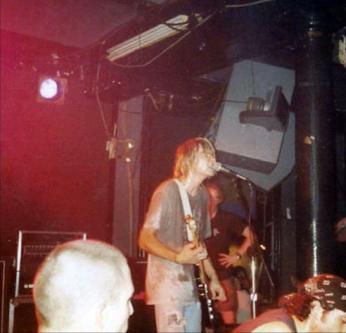
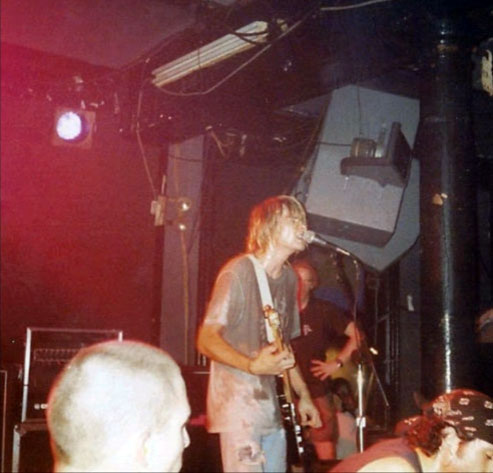
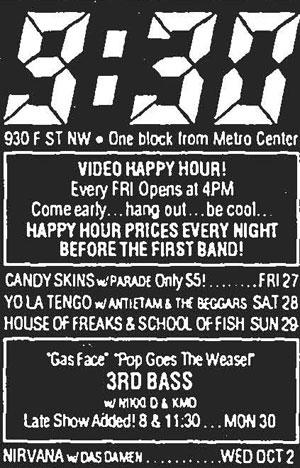
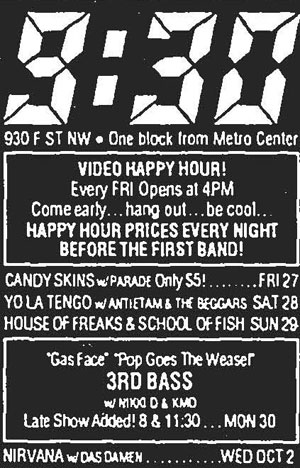
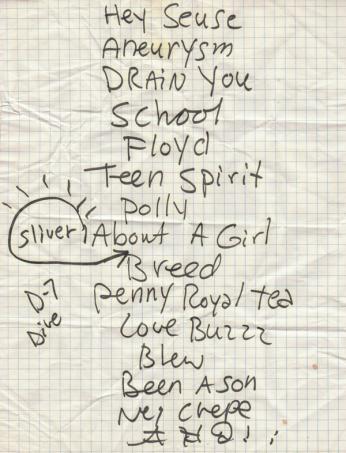
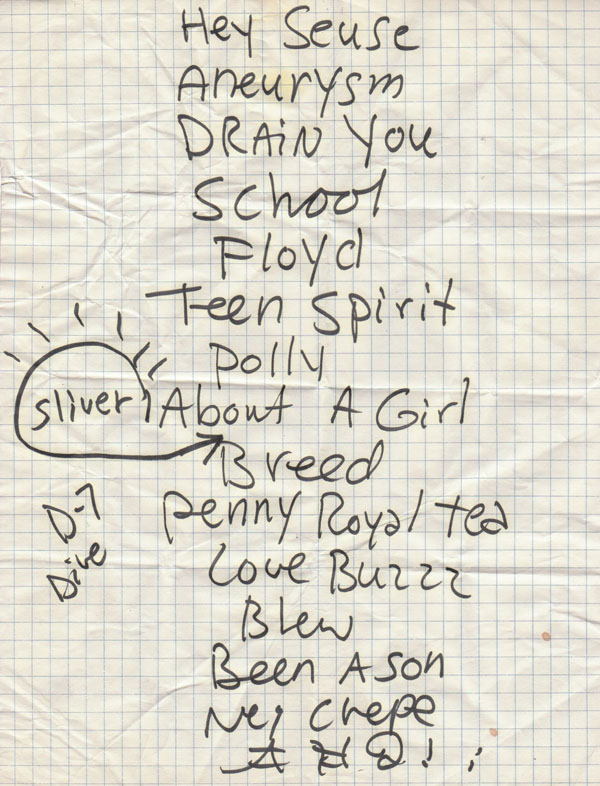
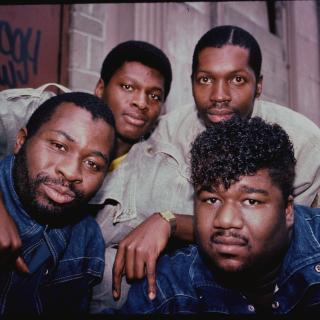
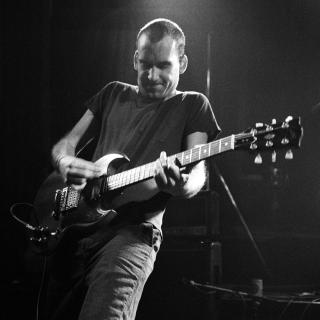

![Sketch of the mythical fuan by Pearson Scott Foresman. [Source: Wikipedia]](/sites/default/files/styles/crop_320x320/public/2023-10/Goatman_Wikipedia_Faun_2_%28PSF%29.png?h=64a074ff&itok=C9Qh-PE1)












